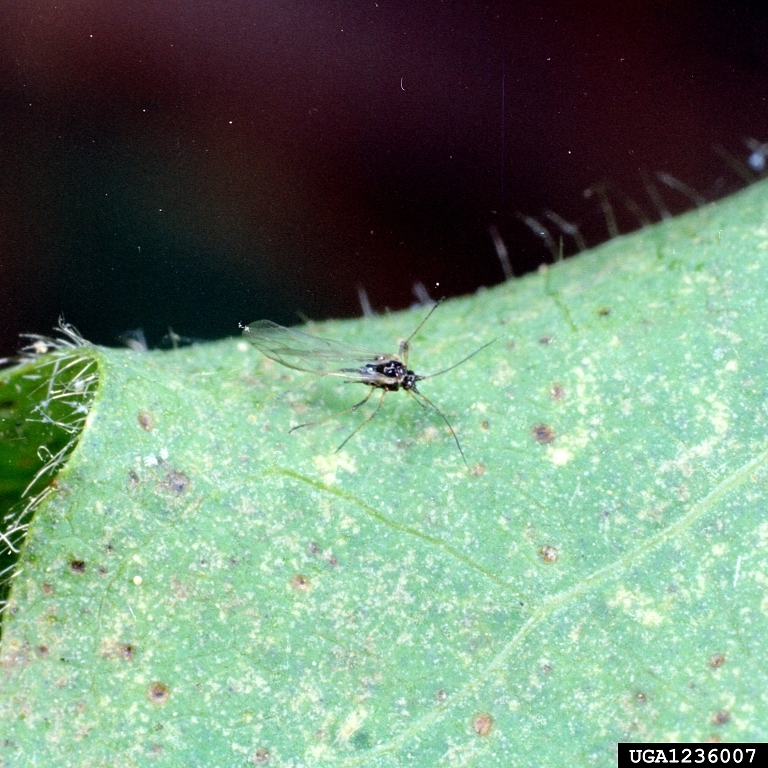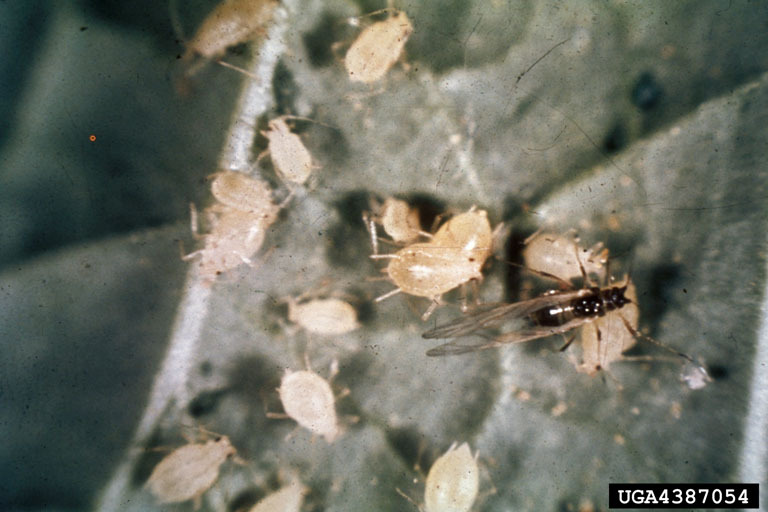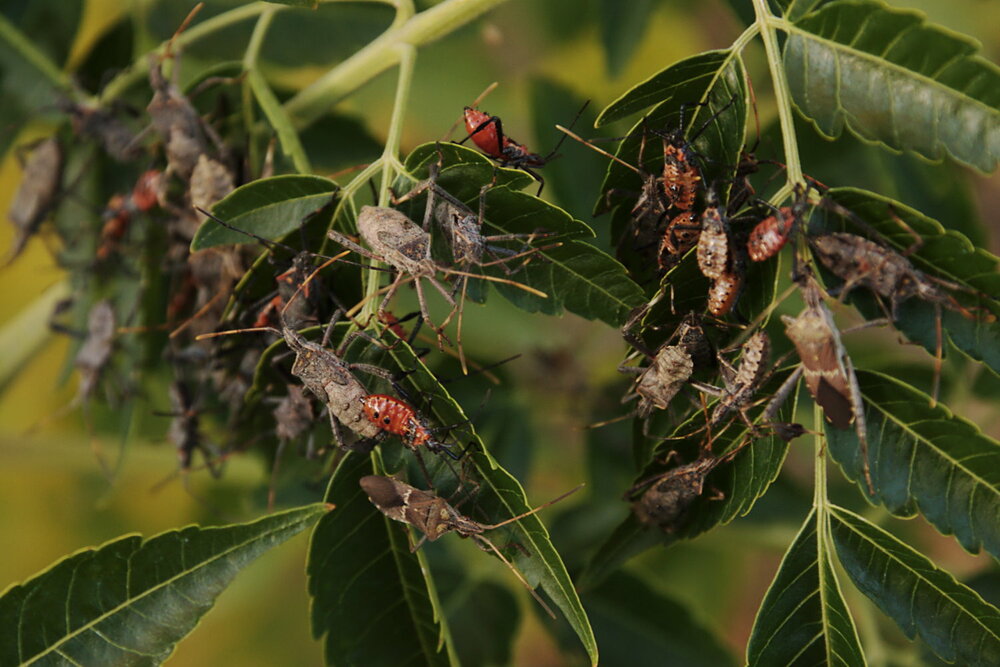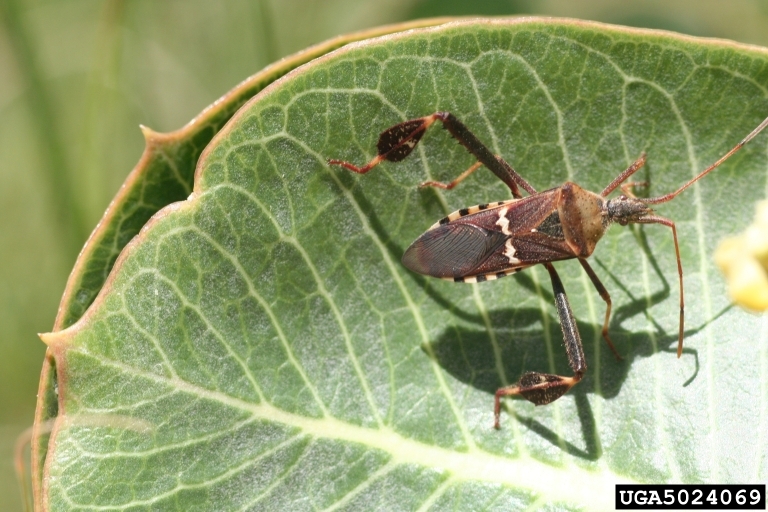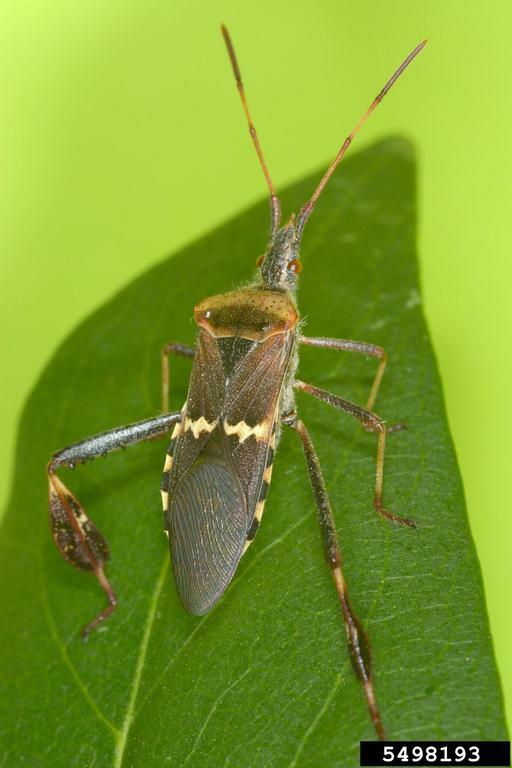Pomegranate
Description
Uses
Propagation
References
Common Pests and Diseases
Diseases
Category : Fungal
Cercospora fruit spot Cercospora punicae
Symptoms
Light brown spots on leaves and fruit which enlarge and coalesce to form large black patches on fruit; black elliptical spots appear on twigs and become flattened and depressed with a raised margin; infected twigs dry out and die; infection may cause plant death.
Cause
Fungus
Comments
Disease emergence is favored by rainfall and water saturated soil.
Management
Diseased fruits should be removed and destroyed; infected twigs and branches should be pruned out; applications of appropriate fungicides can help to control the disease.Category : Other
Heart rot (Black heart) Alternaria spp.
Symptoms
Interior of fruit rotting with no external symptoms; infected fruits are usually lighter in weight than healthy fruits and may be paler in color.
Cause
Fungi
Comments
May be linked to moisture levels at time of flowering.
Management
No known method of control.Pests
Category : Insects
Aphids (cotton aphids) Aphis gossypii
Symptoms
Both adults and nymphs suck sap from growing shoots, flowers and young fruit. Heavy infestation leads to stunting or week tree. Sooty mold and soft rot may develop on the fruit.
Cause
Insect
Comments
Aphids are carried by ants from one plant to another.
Management
Encourage natural enemies. Keep the field free from crop debris and weeds. Spraying strong jet of water to dislodge the aphid. If infestation is severe spray suitable insecticide.Leaf-footed plant bugs Leptoglossus clypealis
Symptoms
Both adult and nymphs feeds by penetrating their mouth parts to the thick skin of the pomegranate fruit to the arils resulting in withering of stung arils.
Cause
Insect
Comments
The insect have wide host range.
Management
If the infestation is severe apply suitable insecticide.
Mealy bug (Grape mealy bug, citrophilus mealybug, striped mealybug)
Pseudococcus maritimus
Pseudococcus calceolariae
Ferrisia virgata
Symptoms
The insect infect all parts of the plant. Both nymphs and adults suck the sap from the leaves, flowers and fruits,resulting in yellowing of leaves, curling and shedding of flowers and tender fruits. Also the market value of such fruits reduced. In dry season insect can invade roots and suck sap. Due to honey dew secretion sooty mold may develop on leaves and fruits.
Cause
Insect
Comments
Polyphagous insect. Female can lay 300 to 400 eggs in soil. Short life cycle (40 days).
Management
Spraying soap solution reduces mealy bug population. Encourage natural enemies. If the infestation is severe apply suitable insecticide.Omnivorous leafroller Platynota stultana
Symptoms
Larvae enter the fruit by craving surface grooves, especially where the two fruits touched. It causes tunneling in fruit. Due to the skin damage secondary pathogens may infect the fruits and resulting in rotting.
Cause
Insect
Comments
Insect lay eggs on weeds near the field in the off season.
Management
Keep the field free from weeds. Remove the infected fruits and burn them. Use pheromone trap to kill adult insects.Pomegranate fruit borer (Anar butterfly, common guava blue butterfly) Virachola isocrates
Symptoms
The female butterfly lay eggs on tender leaves. After hatching the larvae feeds on fruit by boring hole. The damaged fruit rots and emits a foul smell. One can see the excreta of larvae near the hole. The final stage larvae come out of the hole and pupate by spinning the web.
Cause
Insect
Comments
The life cycle of insect is completed in 1 to 2 months. Very common pests in Asia.
Management
Remove the damaged fruit and burn them. Grow available resisting varieties. If infestation is severe spray suitable insecticide.Category : Mites
Citrus Flat mite Brevipalpus lewisi
Symptoms
Suck sap from fruit surface resulting in skin russeting, checking or leathery skin. This leads to reduce in market value of fruits. The citrus flat mite damage starts from the stem end of the fruit.
Cause
Mite
Comments
Mites are very small and difficult to trace them. If you use hand lens can see mites and their cast skins in the cracks of damaged fruits.












